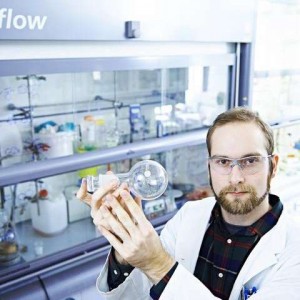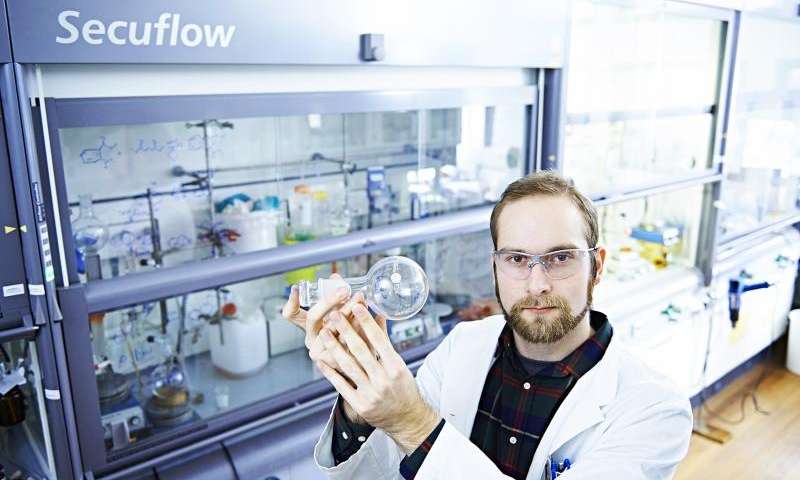Danish scientists are developing a revolutionary solar breakthrough in the harvesting and storage of solar energy. Professor Mogens Brøndsted Nielsen and his research team, including student Anders Bo Skov, are working with the Centre for Exploitation of Solar Energy at the the University of Copenhagen to create a specific type of molecule that will be able to harvest and, more importantly, store large amounts of solar energy.
The scientists began with the goal to create molecules which store solar energy for extended periods of time, with the energy able to be released on demand when required.
With a full year of research behind them, however, the team have come face to face with what seems like a law of nature preventing them from moving forward.
Obstacles in solar breakthrough
In comparison to traditional solar storage technology, the team found great success in harvesting the solar energy, to the point of the molecules being capable of storing the sun’s rays for decades.
As the capacity of the molecule to store energy increased, however, it’s ability to store it for extended periods of time decreased, and vice versa.
The molecules, called the Dihydroazulene-Vinylheptafulvene system, perform a shape shifting reaction where energy is captured and released in the process.
Complications arose as each time the team created better and improved upon molecules, they lost the capacity to keep their shape in the storage stage.
Neilsen explained that all efforts to prevent this obstacle was to no avail, as the molecules shape shifted back releasing the stored energy after only one to two hours.
In the mean time masters student Anders Bo Skov, managed to increase the molecule energy density by two-fold which means it could keep its shape for almost a century.
This significant solar breakthrough means that the one remaining issue facing the team is how to get the modified molecule to release its energy on demand, as the particle refuses to change it shape again.
Cracking the storage code
Working under time pressure of only 4 months, Bo Skov managed to do just that. Using the process of baking to modify the particle, it succeeded but remained quite unstable.
When it comes to energy storage there is normally a theoretical level to energy density and then there is the reality of energy density. Theory dictates that 1kg of the perfect particle can store 1 mega joule of energy if created perfectly. That amount of energy may heat up 3 litres of water from room temperature to boiling point.
This means that 1kg of Bo Skov’s particles can boil 75 centilitres in 3 minutes, which implies that his particles may bring to boil 15 litres of water every hour. This knowledge makes the research team hopeful that this is just the first step in perfecting their research.
Bo Skov’s discovery has been a huge solar breakthrough for the industry, though they may still not understand how to release the energy when needed and they must still increase the energy density even more, but they feel that they are on the correct path to achieve success.
No one is more excited than Anders, as his particles are so much more suitable on many more levels that just the one in front of them.
“Not only do they harvest sustainable solar energy, they are also completely non-toxic” said Bo Skov.
When it comes to storage for solar power, lithium ion batteries lead the way, even though lithium is a toxic substance. Bo Skov states that his molecules release no carbon emissions or any chemical elements while they are at work. In fact, when the particles disintegrate they form a colourant found in chamomile flowers.
Being a masters student, Anders is continuing with the team after this project where he wishes to research releasing energy on demand through this molecule. The student has big ideas for the next phase of his complicated particle development.

